Chipping and edge detail issues for granite and quartz
Granite City Services
10 years ago
Related Stories
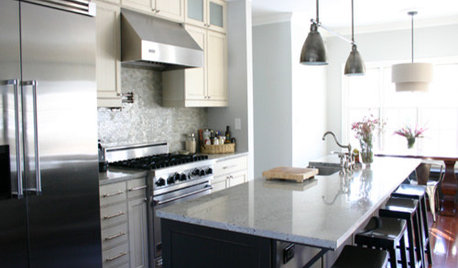
KITCHEN DESIGNKitchen Details: The Right Edge for Your Countertop
Square, Mitered, Waterfall or Bullnose? See What Counter-Edge Style Looks Best to You
Full Story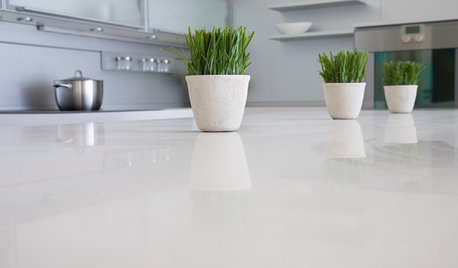
KITCHEN DESIGNKitchen Counters: Stunning, Easy-Care Engineered Quartz
There's a lot to like about this durable blend of quartz and resin for kitchen countertops, and the downsides are minimal
Full Story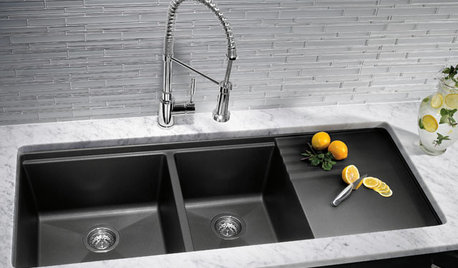
KITCHEN DESIGNKitchen Sinks: Granite Composite Offers Superior Durability
It beats out quartz composite for strength and scratch resistance. Could this kitchen sink material be right for you?
Full Story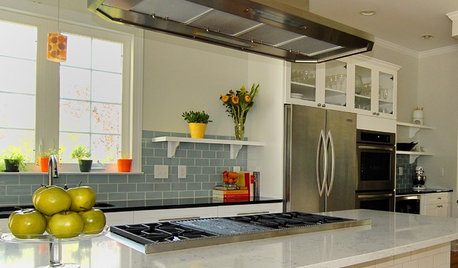
KITCHEN DESIGNGet Quartz and Porcelain Surfaces Super Clean
These cleaning tips for quartz, travertine, porcelain and engineered stone will help keep your countertops and sinks looking spotless
Full Story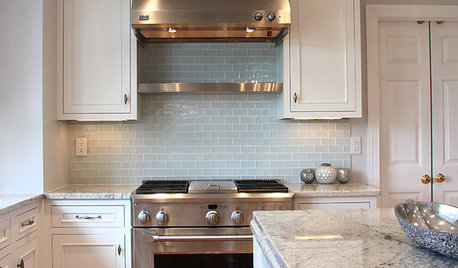
KITCHEN DESIGN5 Favorite Granites for Gorgeous Kitchen Countertops
See granite types from white to black in action, and learn which cabinet finishes and fixture materials pair best with each
Full Story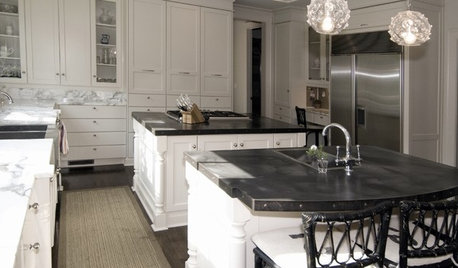
KITCHEN COUNTERTOPSKitchen Countertop Materials: 5 More Great Alternatives to Granite
Get a delightfully different look for your kitchen counters with lesser-known materials for a wide range of budgets
Full Story
REMODELING GUIDES9 Hard Questions to Ask When Shopping for Stone
Learn all about stone sizes, cracks, color issues and more so problems don't chip away at your design happiness later
Full Story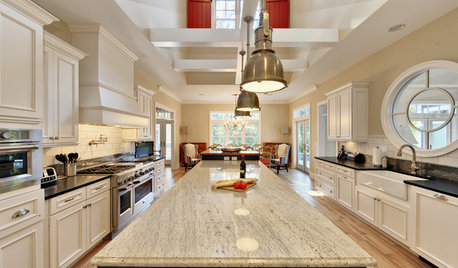
KITCHEN COUNTERTOPSKitchen Countertops: Granite for Incredible Longevity
This natural stone has been around for thousands of years, and it comes in myriad color options to match any kitchen
Full Story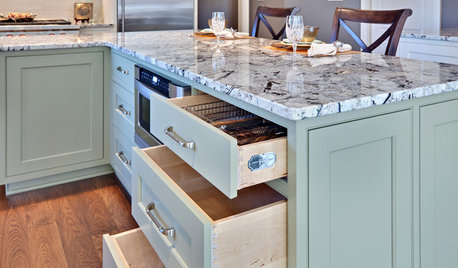
KITCHEN DESIGNWhat Goes With Granite Counters?
Coordinate your kitchen finishes beautifully by choosing colors that complement granite’s natural tones
Full Story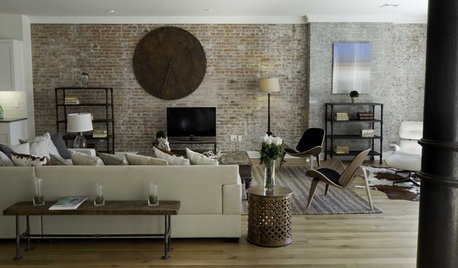
DECORATING GUIDESGet Your Edge On: 11 Ideas for Style in the Fast Lane
Show off your personality and give your design a surprising twist with one of these slightly edgier touches
Full Story






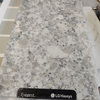
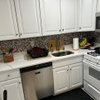

Holly- Kay
Gracie
Related Professionals
Ballenger Creek Kitchen & Bathroom Designers · Henderson Kitchen & Bathroom Designers · Lockport Kitchen & Bathroom Designers · Schaumburg Kitchen & Bathroom Designers · Artondale Kitchen & Bathroom Remodelers · Minnetonka Mills Kitchen & Bathroom Remodelers · Niles Kitchen & Bathroom Remodelers · Oklahoma City Kitchen & Bathroom Remodelers · Roselle Kitchen & Bathroom Remodelers · Waukegan Kitchen & Bathroom Remodelers · East Saint Louis Cabinets & Cabinetry · East Moline Cabinets & Cabinetry · Harrison Cabinets & Cabinetry · Ardmore Tile and Stone Contractors · Brentwood Tile and Stone ContractorsStoneshine
ott2
rkb21
DiggingInTheDirt
loislanedc
Peke
Peke